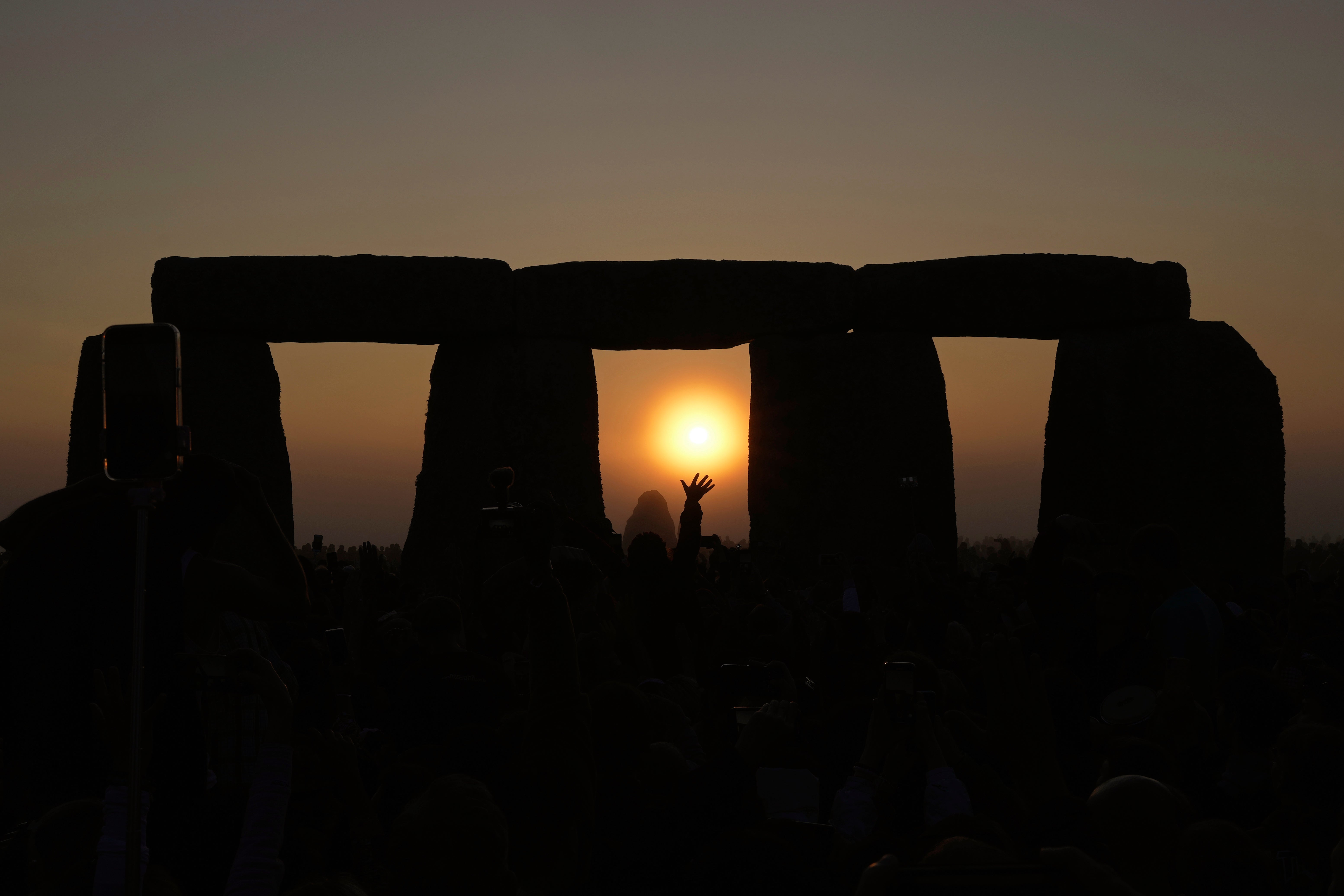UN cultural agency rejects plan to place Britain's Stonehenge on list of heritage sites in danger
The United Nations’ cultural agency has rejected recommendations to place Stonehenge on the list of world heritage sites in danger over concerns that Britain’s plans to build a nearby highway tunnel threaten the landscape around the prehistoric monument

The United Nations’ cultural agency rejected recommendations Wednesday to place Stonehenge on the list of world heritage sites in danger over concerns that Britain’s plans to build a nearby highway tunnel threaten the landscape around the prehistoric monument.
Stonehenge was built on the flat lands of Salisbury Plain in southern England in stages, starting 5,000 years ago, with the unique stone circle erected in the late Neolithic period about 2,500 B.C.
It was added to the UNESCO World Heritage List in 1986 — an honor bestowed upon sites that have special cultural or physical significance.
UNESCO experts had recommended listing Stonehenge as “in danger” over the plans for highway development.
But at the 46th session of the World Heritage Committee, which maintains the list and oversees the conservation of the sites, members led by Kenya and Qatar said Britain’s plans to mitigate the effect on the site were sufficient and that it should not be added to the “in danger” list.
The highway project, which has been touted for decades and mired in legal challenges, is aimed at trying to ease traffic along a stretch of road prone to gridlock by moving the main highway underground and slightly farther away from the famous stone circle.
It has faced fierce opposition from local residents and archaeologists, as well as concern from UNESCO, over potential damage to the environment, wildlife and possible new archaeological finds.
Kenya, in amending the recommendation to list the site as in danger, focused on the fact that the main stone circle would be farther away from the road with the new construction, and not the experts' assessment that the road project would significantly impact the greater site. It also noted that Britain had considered more than 50 proposals for the highway plan.
“What needs to be protected is not just the henge but the overall landscape of which the henge is a central focus,” the UNESCO experts had argued in their draft proposal, which was rejected.
“The main henge is a highly visible and well-known monument and the proposed tunnel would improve its immediate setting, but this monument has to be considered in its context, surrounded by and inextricably linked to a large number of prehistoric features, which together form an ancient landscape.”
After rejecting the proposal to list Stonehenge as in danger, the committee agreed to ask Britain for an updated report on the state of conservation of the property by December 2025.
UNESCO says a site’s inclusion on its List of World Heritage Sites in Danger is not punitive, but rather meant to draw international attention to the urgent need for conservation measures and “encourage corrective action.”
If issues are not rectified, sites face the possibility of being de-listed by UNESCO, though that is rare.
___
Associated Press writer David Rising in Bangkok contributed to this story.